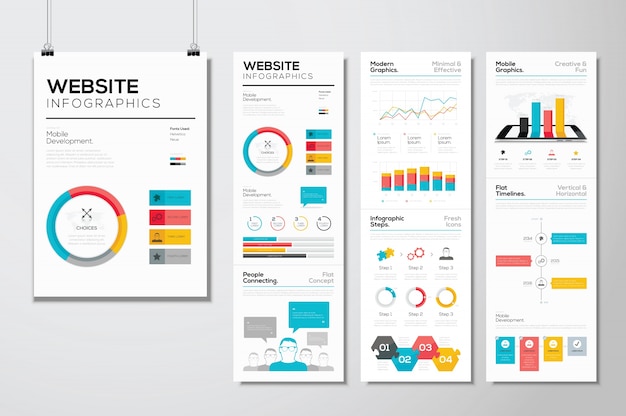The Development Of Web Design: Then And Now
The Development Of Web Design: Then And Now
Blog Article
Post Created By-Johnsen Molina
In the past, websites were basic and concentrated on details. simply click the next internet site was direct, and style was for desktops. Currently, individual experience is essential. Data guides styles for simple navigating. Responsive formats match various tools. Today, dark setting minimizes stress, and minimalist menus improve navigation. Interactive functions engage users, and vibrant visuals stand out. AI assimilation improves involvement. See exactly how style has progressed to enhance your online trip.
Early Days of Web Design
In the very early days of website design, simplicity preponderated. visit this weblink were standard, with minimal colors, typefaces, and formats. The emphasis got on supplying information rather than flashy visuals. Users accessed the net with sluggish dial-up connections, so speed and performance were key.
Navigating food selections were straightforward, typically situated on top or side of the page. Internet sites were developed for desktop, as mobile surfing wasn't yet common. Content was king, and designers focused on easy readability over complex design aspects.
HTML was the key coding language used, and designers needed to work within its restraints. Animations and interactive functions were marginal compared to today's criteria. Web sites were static, with little vibrant material or individualized customer experiences.
Rise of User-Focused Design
With the evolution of web site design, a shift in the direction of user-focused style concepts has actually become increasingly popular. Today, producing web sites that focus on customer experience is crucial for engaging site visitors and achieving organization objectives. User-focused design entails comprehending the needs, preferences, and habits of your target market to tailor the site's format, web content, and includes appropriately.
Designers now carry out extensive research study, such as user surveys and functionality screening, to gather understandings and comments directly from individuals. This data-driven strategy helps in producing intuitive navigating, clear calls-to-action, and aesthetically enticing interfaces that resonate with site visitors. By putting the user at the facility of the style process, sites can supply an extra customized and satisfying experience.
Receptive layout has also become a key aspect of user-focused design, ensuring that websites are optimized for numerous tools and screen sizes. This adaptability enhances access and usability, accommodating the diverse methods users communicate with websites today. Essentially, the surge of user-focused layout indicates a shift towards developing electronic experiences that prioritize the demands and expectations of completion user.
Modern Trends in Website Design
Explore the most recent patterns forming website design today. One popular fad is dark mode design, using a streamlined and modern-day look while decreasing eye stress in low-light settings. One more essential fad is minimalist navigation, streamlining food selections and enhancing user experience by concentrating on essential elements. Integrating micro-interactions, such as computer animated switches or scrolling impacts, can develop a more engaging and interactive website. Responsive design remains important, ensuring seamless individual experiences across different devices. In addition, making use of strong typography and unbalanced layouts can add visual interest and draw attention to specific content.
Incorporating AI modern technology, like chatbots for client assistance or individualized suggestions, boosts customer engagement and enhances procedures. Access has likewise come to be a significant trend, with designers focusing on comprehensive style techniques to accommodate varied user needs. Accepting sustainability by optimizing web site performance for speed and efficiency is one more arising trend in website design. Teaming up with customer responses and information analytics to repeat and enhance design continually is essential for staying pertinent in the ever-evolving digital landscape. By accepting these modern patterns, you can create an aesthetically appealing, straightforward website that reverberates with your target market.
Final thought
As you reflect on the development of website layout from the very early days to currently, you can see how user-focused design has come to be the driving pressure behind modern trends.
Embrace the trip of change and adaptation in web design, always maintaining the user experience at the forefront.
Keep existing with the most recent fads and technologies, and never quit developing your technique to produce visually sensational and easy to use websites.
Evolve, adjust, and develop - the future of website design remains in your hands.
